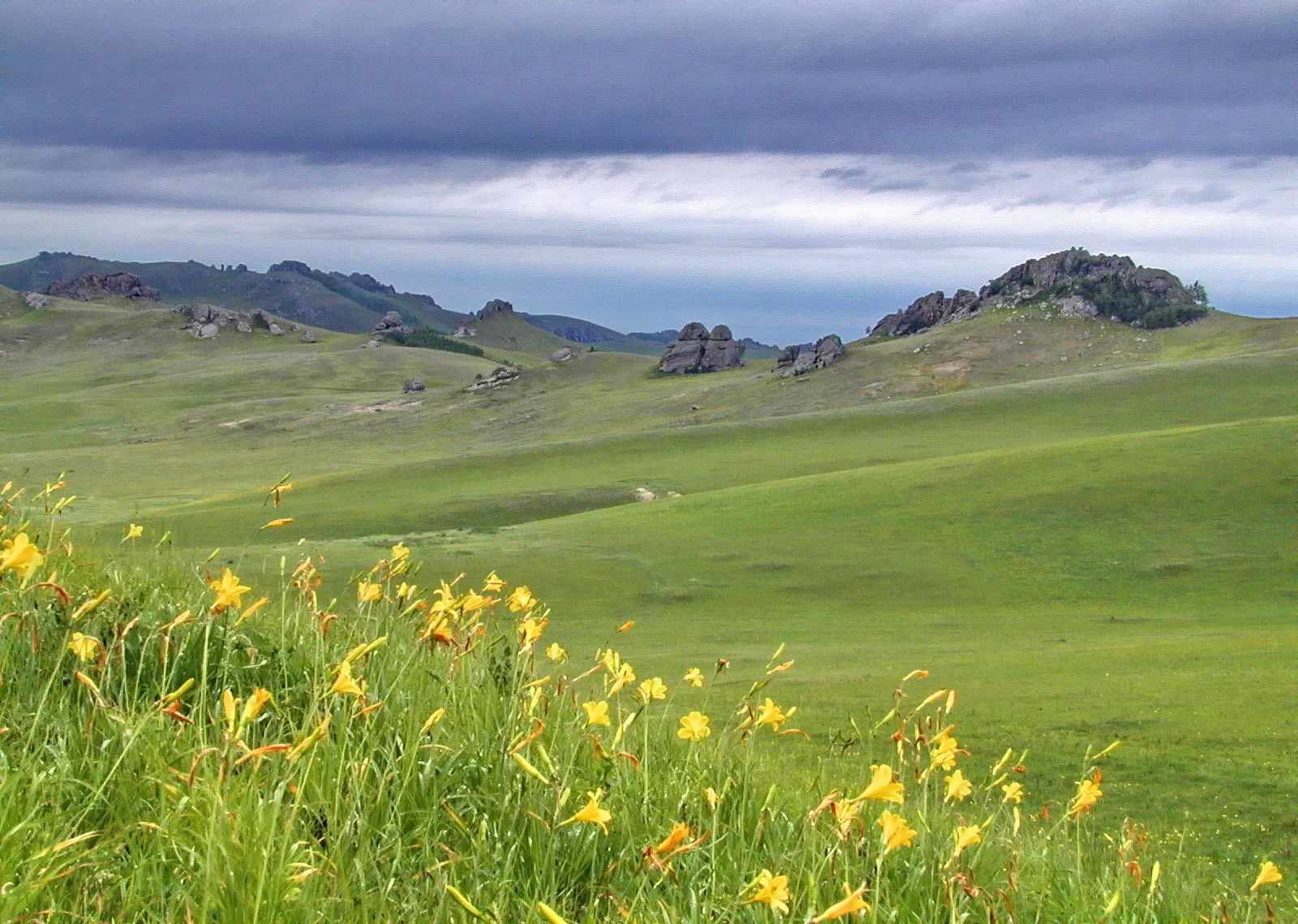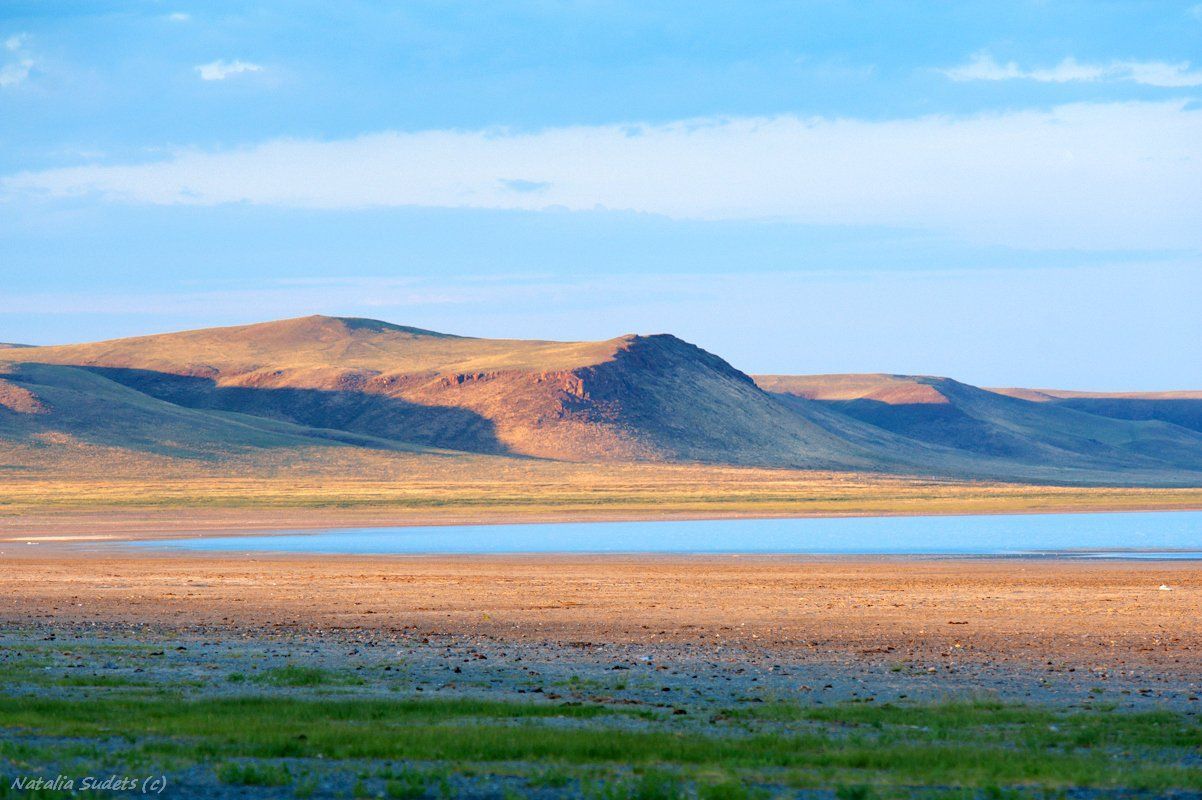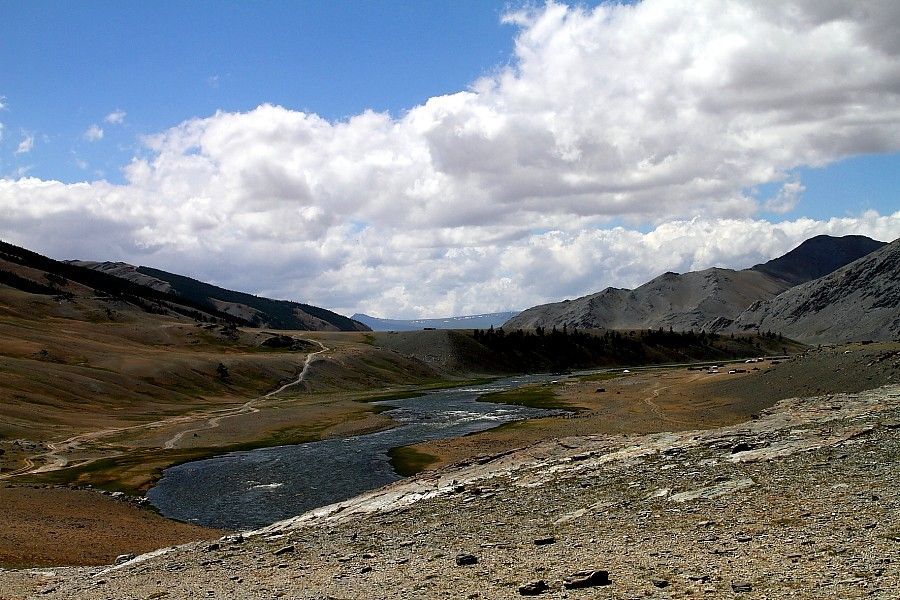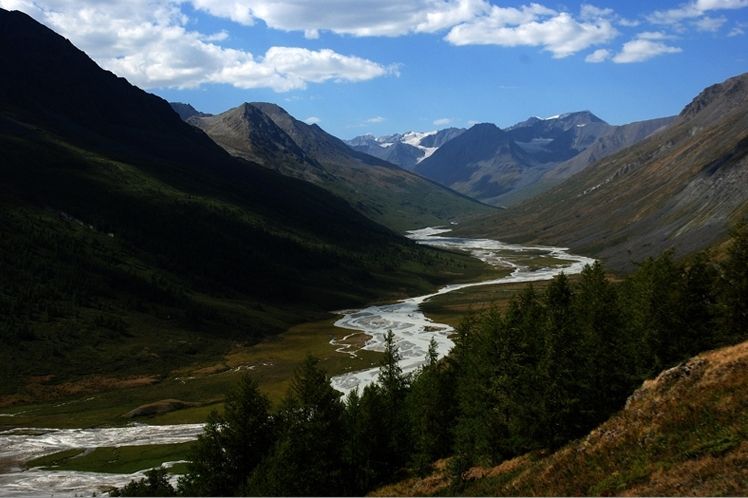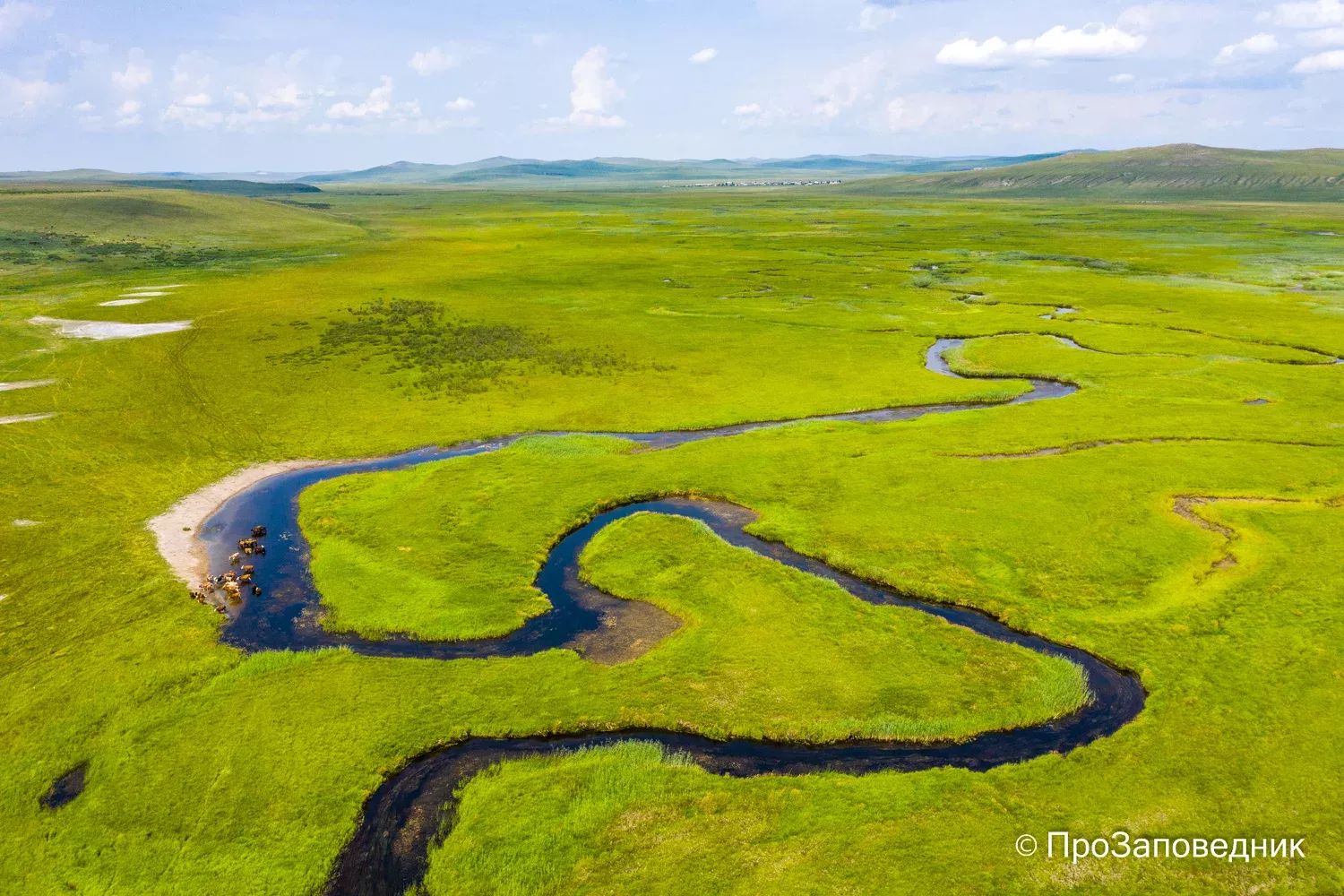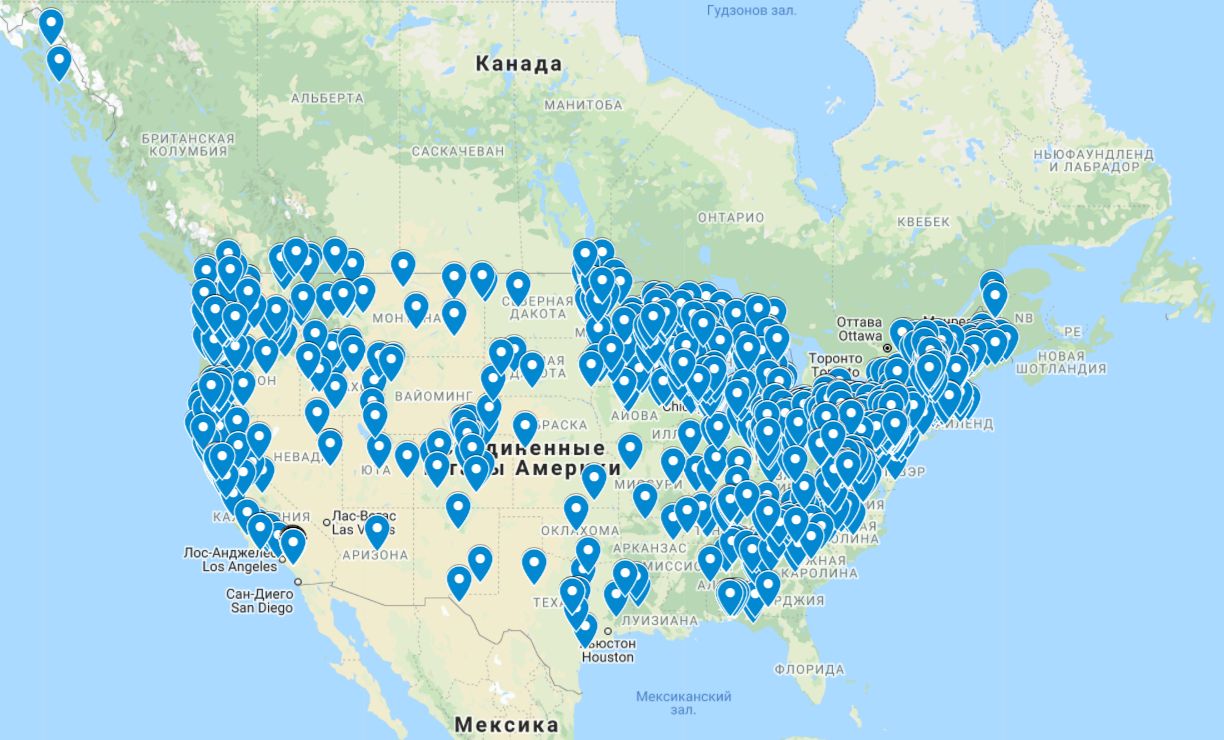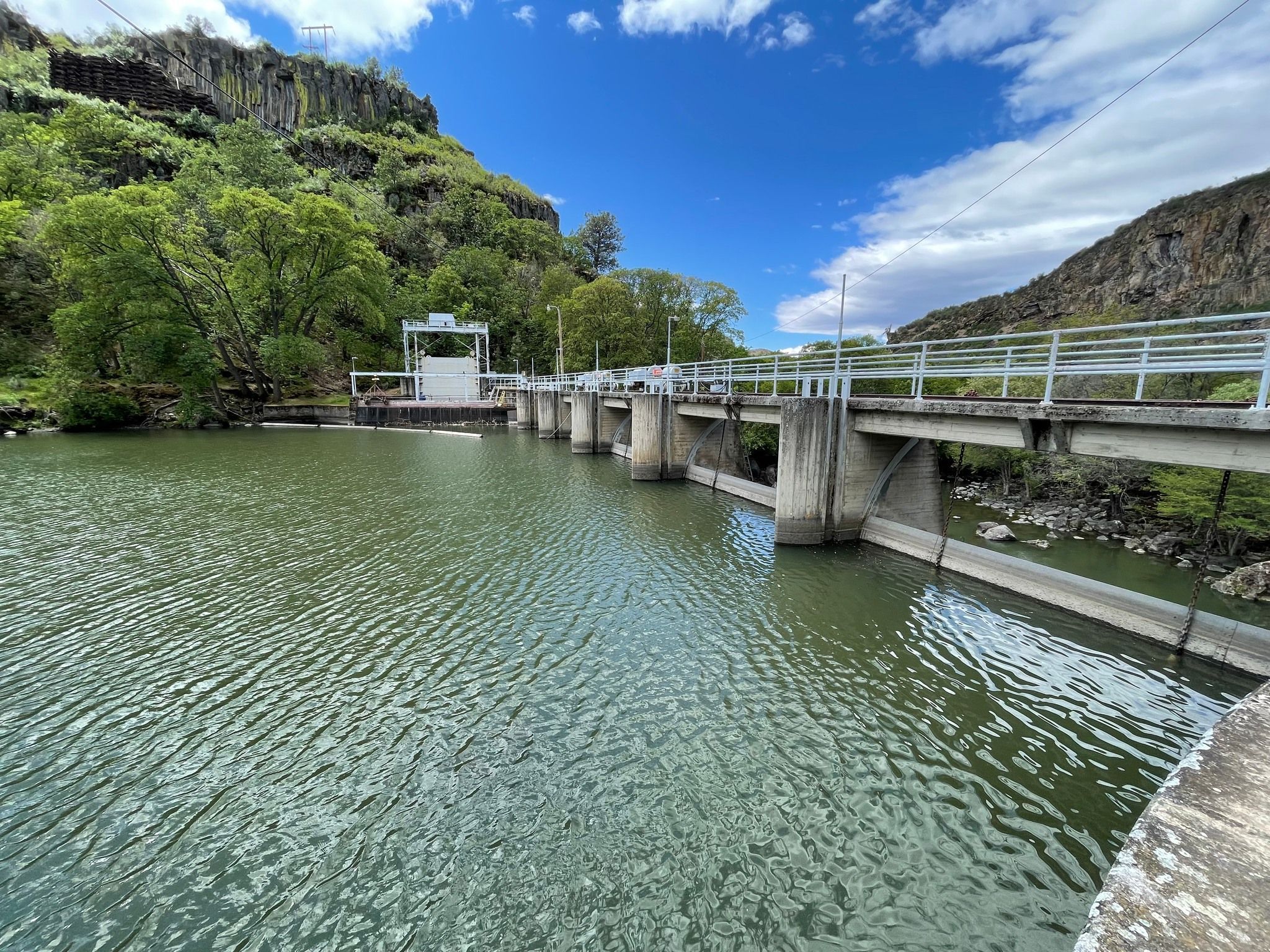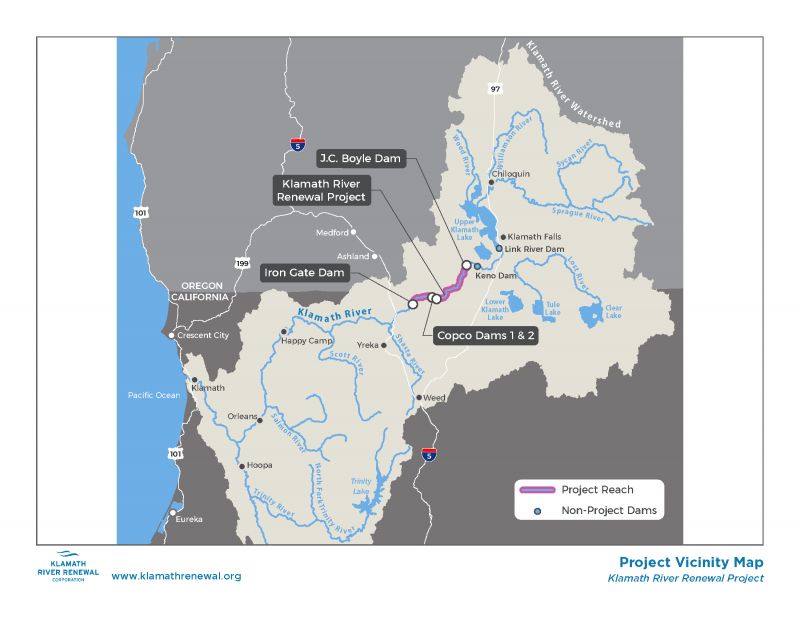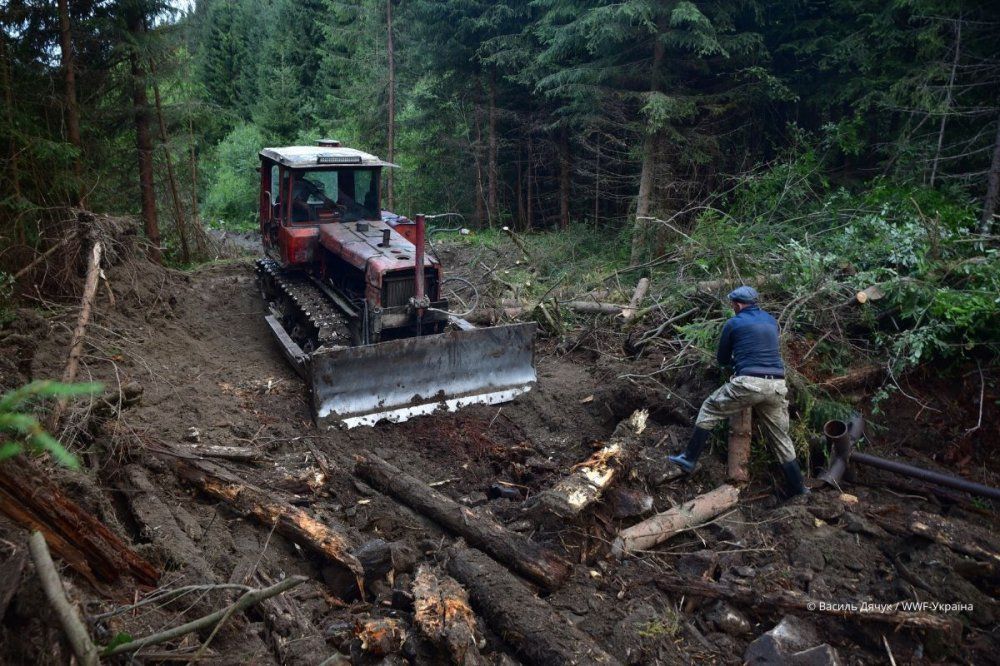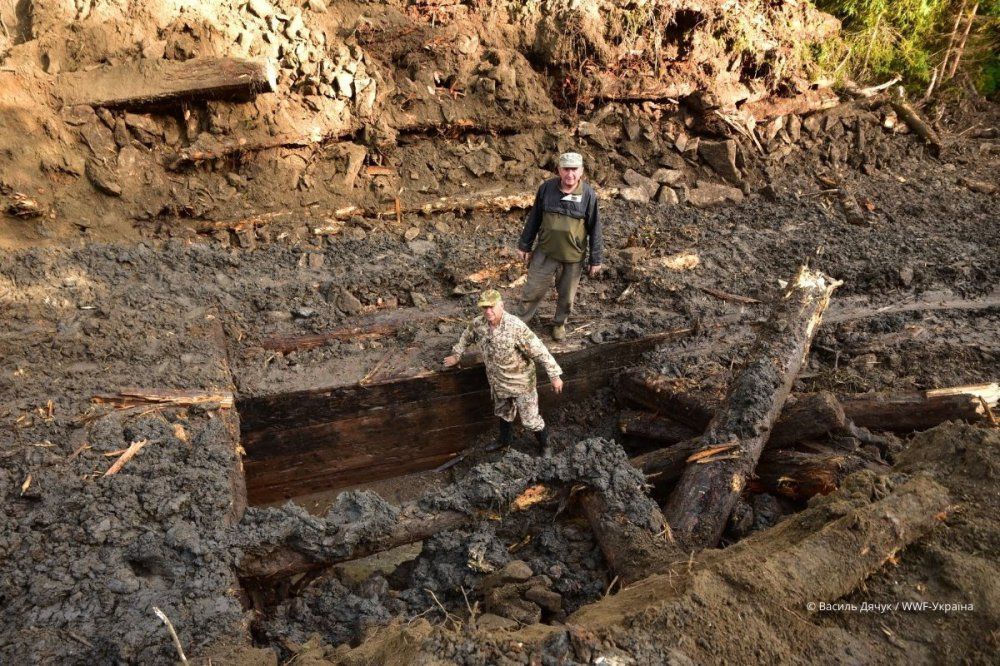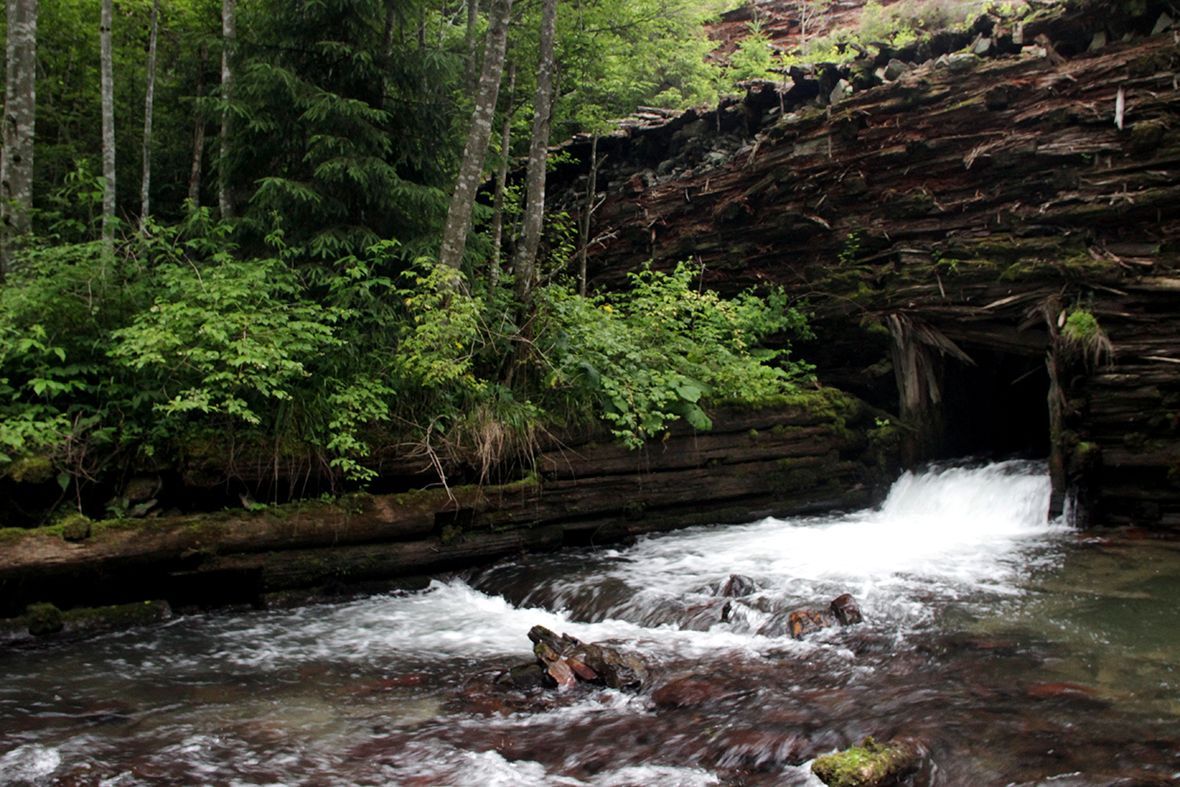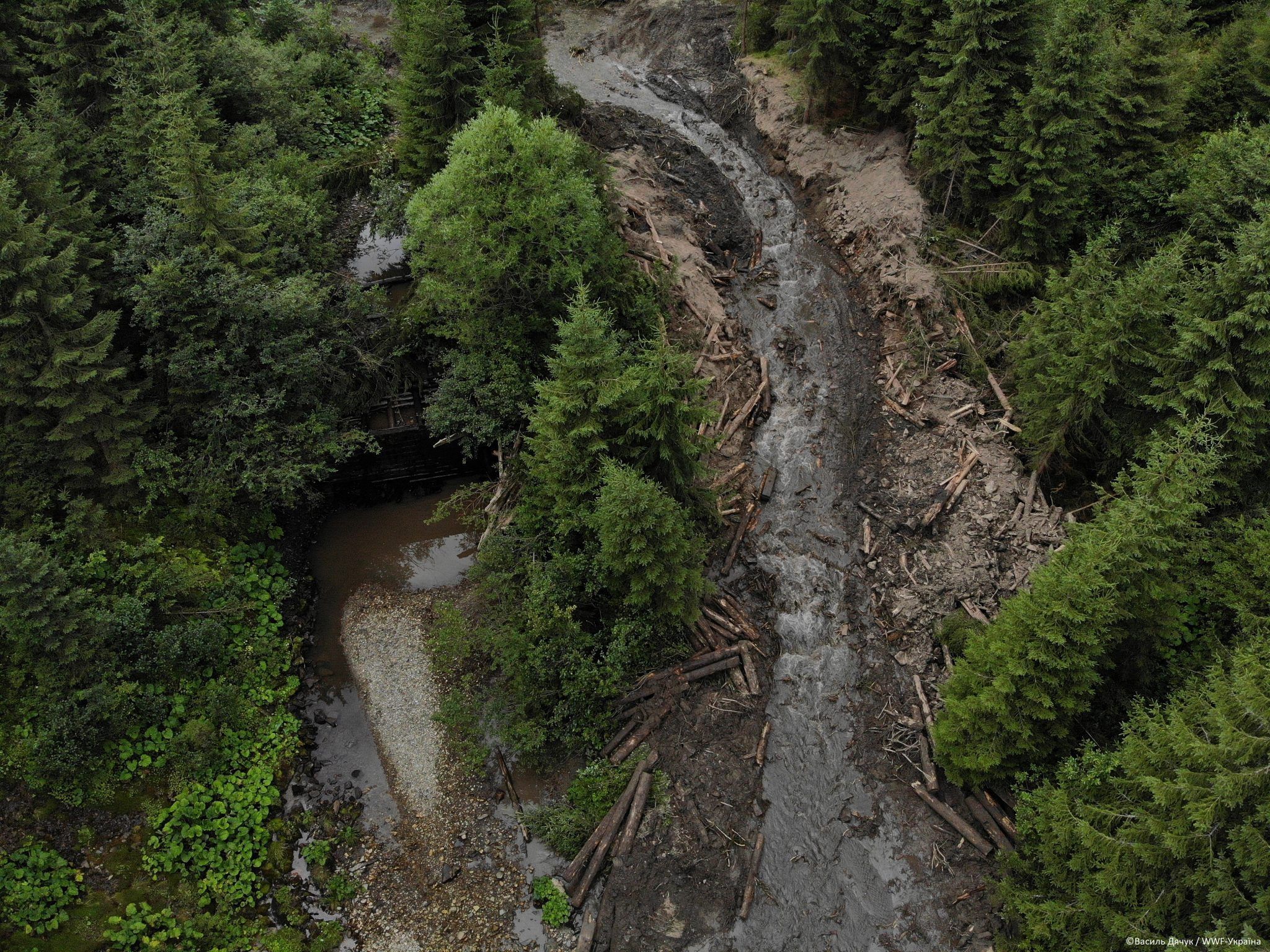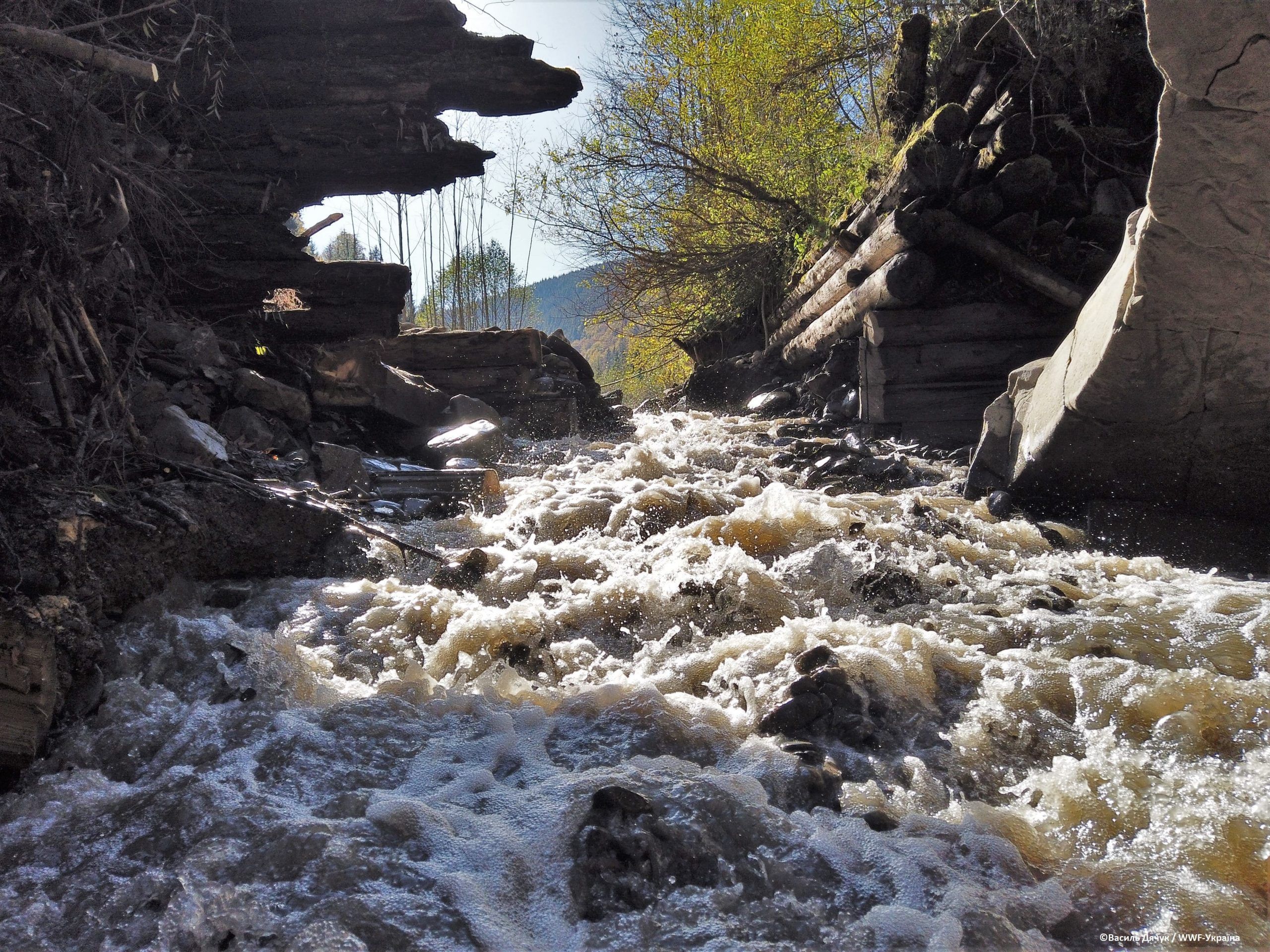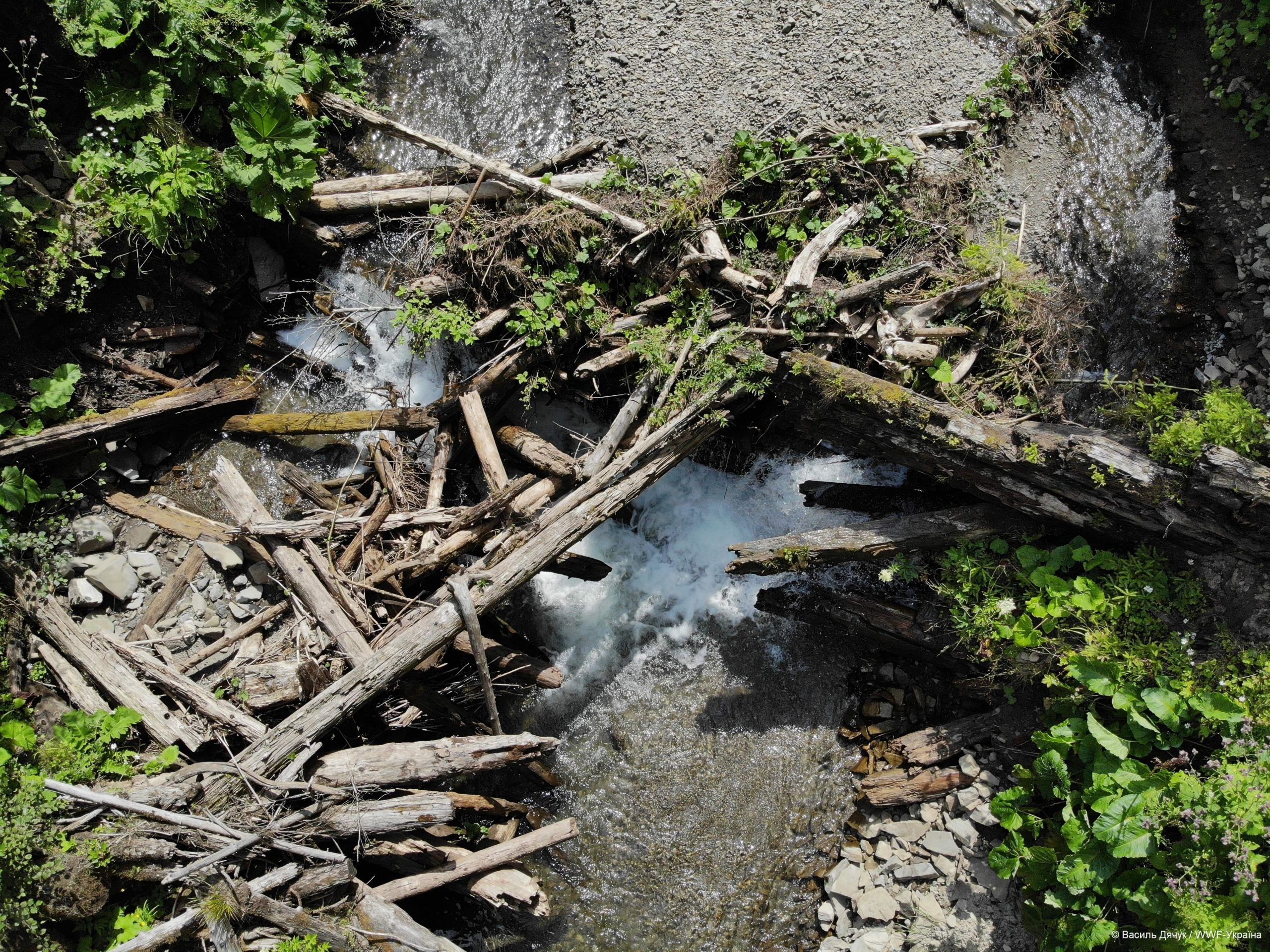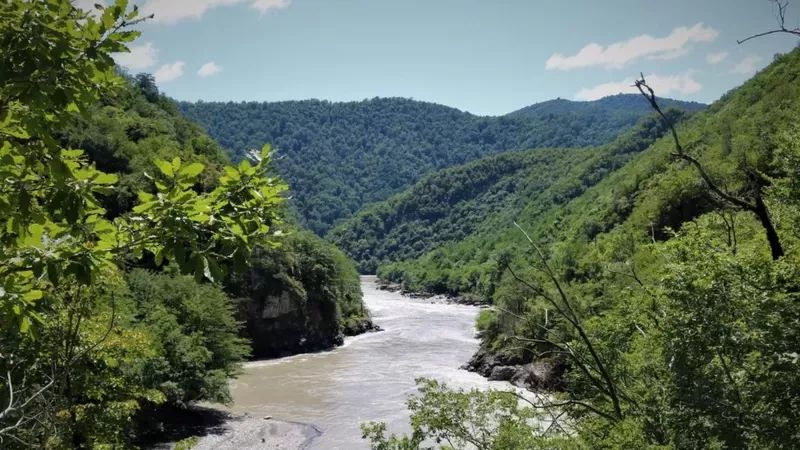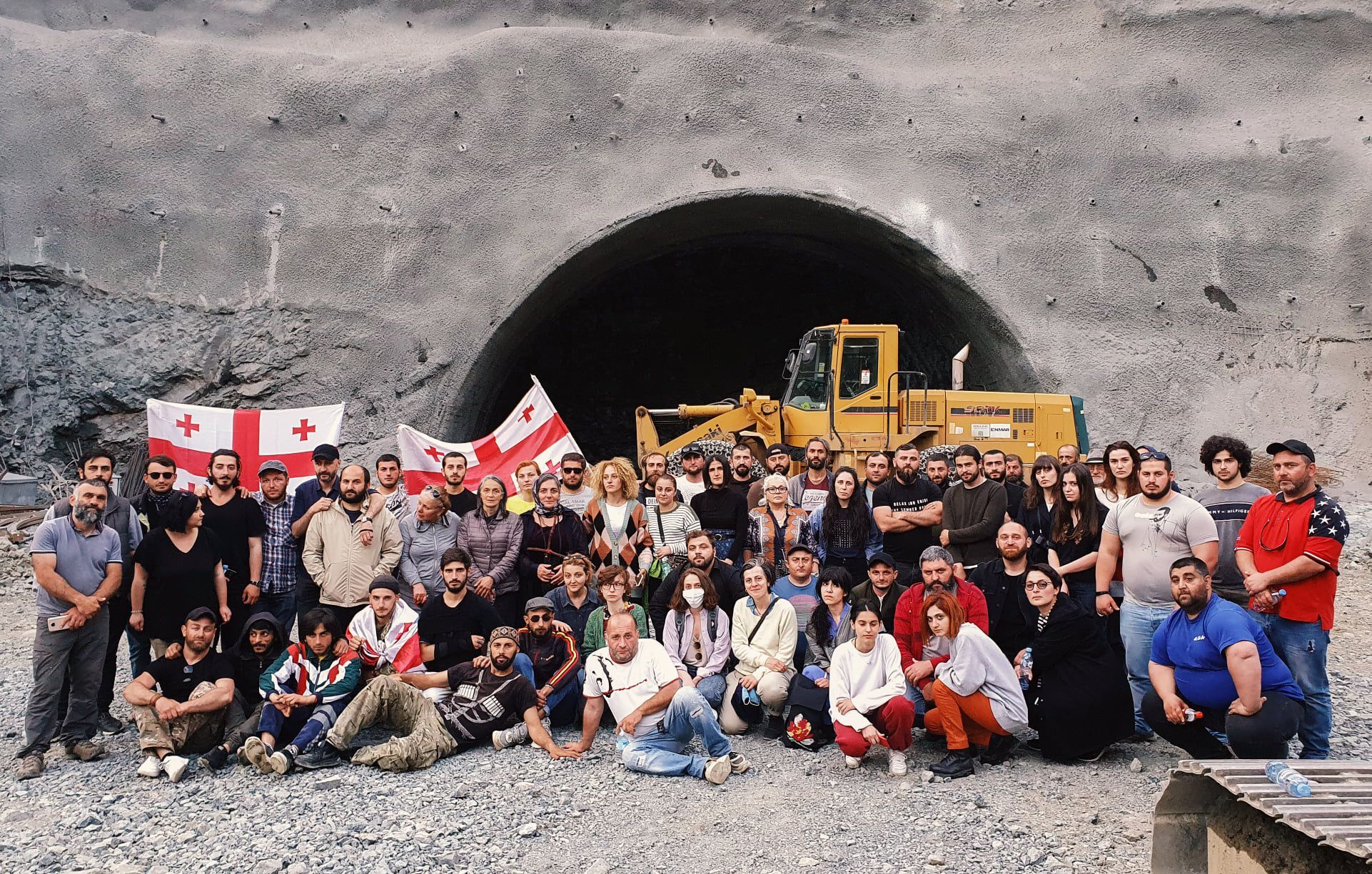International campaigns against hydropower plants: How can rivers be unshackled? Part One
- Topic: Rivers and lakes
- Authors: Bahna
- Date: 28.01.2022, 20:59
Hydropower has long been considered unsustainable. Dykes and dams disrupt ecosystems, flood important natural areas, block migration routes for animals. And most importantly, they are inferior in their energy efficiency to solar and wind power. There are many organisations and campaigns around the world that fight against the construction of hydropower plants and for freeing rivers from unnecessary dams. We’ve talked to experts and collected the most recent high-profile cases.
Rivers Without Borders
Rivers Without Borders International Coalition is a network of organisations and experts working to preserve transboundary river basins in north-eastern Eurasia.
• For example, between 2012 and 2019, it consistently opposed the construction of hydropower facilities in Mongolia that threaten Lake Baikal and its largest tributary, the Selenga River. By joint effort, the Mongolian hydropower project was suspended, and Mongolia agreed to conduct an environmental impact assessment and a regional environmental assessment together with Russian experts.
Last summer, however, the region’s watercourses needed attention again. The Uldza River in northern Mongolia is the main source of water for the transboundary Russian-Mongolian UNESCO Natural World Heritage site “Landscapes of Dauria”. The Uldza is to be shackled with a 700 m long and 9-12 m high dam to create a water reservoir with a capacity of 27 million m3.
The issue has been examined by the UNESCO World Heritage Committee. The committee’s experts insisted that an environmental impact assessment should be carried out before any further decision on whether to proceed with the construction of the dam. But on December 19 the environmentalists discovered that despite the freshly signed a Good Neighbourhood Declaration between Russia and Mongolia (December 16), where special attention is drawn to the protection of transboundary rivers, the pictures clearly show that after a pause the Mongolians have continued to block the waterway. The construction is carried out under the direct instructions of the authorities.
This case is not one of the kind. In early December, conservationists had to launch another campaign to protect Mongolian rivers. This time it is the Khovd, which is also going to be dammed with a hydropower plant. It drains into the drainless Great Lakes of Western Mongolia, and the establishment of the hydropower plant threatens to degrade the important Ramsar wetland — Khar-Us Lake.
Evgeny Simonov, an activist researcher and international coordinator of the Rivers Without Borders coalition, who has been listed by the Russian Ministry of Justice as a “foreign media worker acting as a foreign agent” since October 2021, believes that one problem with such environmental cases is the late reaction.
“Most of the campaigns in the world are against dams that are already under construction. Such as the protests against the Erdeneburen hydropower plant on the Khovd in Mongolia in early December. Local shepherds and social organisations have united against the Chinese investor Power China, which is building a large dam in the mountains. It will inevitably flood the areas on which 290 families representing various local peoples and a million cattle depend. Secondly, the river flows into the drainless West Mongolian Great Lakes, which are essentially swamps of international importance and are significant for migratory birds. They will also be in trouble. Thirdly, the migration routes of the snow leopard and other animals through the gorge, which will be flooded by the reservoir, are going to be disrupted.
We have warned about this for a long time, but people only started acting when construction started. And that’s the trouble with our campaigns. If people had risen at least a year earlier, there would have been a better chance of preventing the most damaging hydraulic structures from construction,” the activist points out.
Only 10-20% of the dams in the world are built for hydropower plants. However, they are usually massive or are located in the most inaccessible, pristine ecosystems. No one, except those who want to get electricity, would build there.
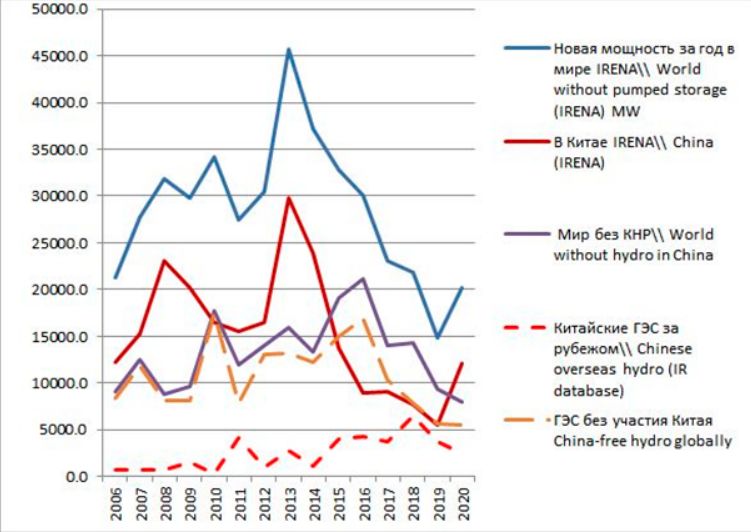
“There is not enough water on Earth. That is why the first thing we say to the customers of hydropower plants is: “You have no prospects.” We have water — a valuable and dwindling resource, with a huge number of needs and users. And, naturally, now that water is becoming scarcer and the competition is tougher, one way or another mankind will have to use it for those needs where water cannot be substituted. We will not be able to drink anything else but we can get electricity in 25 different ways.
Further development of hydropower in the world is inexpedient,” stresses Evgeny Simonov.
He believes that there are no opportunities left on the planet to build new hydropower plants on rivers that have not yet been “reclaimed”. We need to think about how to use and improve the condition of existing hydraulic structures.
“There is no head-on conflict here. We agree with the majority of investors who do not want to finance the construction of new HPPs from scratch. They want to invest in upgrading, sometimes in retrofitting existing dams,” says the activist.
American Rivers
Hydropower plant construction in the United States, like in Europe, peaked in the 1960s and then declined. Today hydropower plants there generate only 6 per cent of total electricity.
Last year 69 dams were demolished in the USA. A total of 1,797 such structures have been removed in the country since 1912. Nevertheless, there are still more than 90,000 barriers on rivers.
The American Rivers organisation fights for relieving rivers and clean water for people and nature. Their 2020 report “Rivers as Economic Engines” suggests that restoring rivers helps the economy grow.
• According to a University of North Carolina study, the environmental restoration sector employs about 126,000 people across the United States. Indirectly, another 100,000 jobs are utilised in the field. Collectively, it generates $25 billion annually for the economy.
In most cases, dam removal concerns derelict and rather small structures. In the case of large structures, environmentalists and engineers have several important problems to solve.
Sometimes demolition is dangerous because sludge and waste, including from toxic industries if they exist in the region, accumulate at the bottom of the reservoir. If drained improperly, the silt will swallow up habitats downstream and the chemicals will poison the water.
Moreover, sometimes there is also a social issue at stake. For people who have lived on the banks of the reservoir for generations, it will be a shock to see their homelands changed beyond recognition. We have to work with the locals on this. All the challenges are manageable. Several major dam removal projects are now being discussed in the USA.
One of them is to free the Klamath River on the Oregon-California border from four dams at once. The project aims to save salmon and protect the Lower Klamath National Wildlife Refuge, which is suffering from droughts. Environmentalists have been fighting to remove the facilities for two decades.
Captive of hydropower plants: why can’t salmon return to Belarus?The first dam on this river was built in 1918. The removal of all four barriers will open up 400 miles of main and tributary habitats and is an unprecedented undertaking. No country has yet dismantled four dams at the same time.
According to the plan announced in 2018, their demolition was to start this January. However, the work has now been postponed until 2023.
Dam Removal Europe
The Living Planet Index for Migratory Freshwater Fish 2020 provides the following statistics: in Europe, the native populations of migratory freshwater fish have decreased by up to 93%. This is largely due to barriers as fish cannot get to the spawning grounds.
Thanks to the work of Dam Removal Europe activists, 31 dams in Europe were removed in 2021. In total, at least 5,000 hydraulic structures on the European continent have been dismantled so far.
Those are counted on the Dam Removal website. For example, one of the most recent projects was the removal of dams in the Carpathians. The rivers there were dammed as early as the 19th century. The dams were built to regulate the flow of water and transport timber. Since 1979 they have not been used for their intended purpose, but they still represent an obstacle for the migrating fish: brook trout and Danube salmon. Moreover, it is believed that the dams caused the extinction of the sturgeon population on the Dniester.
The dam on the Carpathian river Lostunets, built in the 1880s-1890s, is the first to be demolished as part of a new World Wildlife Fund Ukraine project. Its demolition was made possible thanks to a crowdfunding campaign that raised 16,045 euros. Two more dams on the Dobryn and Gostovets rivers in the Ivano-Frankivsk region of Ukraine were subsequently demolished.
• A new Open Rivers programme to dismantle European dams was launched in the autumn of 2021. It will be funded with 42.5 million euros to restore Europe’s unregulated rivers. Applications were being accepted until 5 January 2022.
The programme is meant to support river restoration projects across Europe. Applications can be made through a dedicated form on the Open Rivers website.
Pao Fernández Garrido, project manager of Dam Removal Europe and one of the founders of the European dam removal movement, shared successful examples of river restoration.
• For example, Denmark was able to restore the population of native fish species, including salmon and trout, to improve the fishing business after demolishing small barriers.
• On the Kennebec River in the US state of Maine, the demolition of the Edward and Fort Halifax dams allowed the alewife fishery to recover after a 160-year hiatus. With the removal of both barriers, the number of fish increased from 78,000 to 5.5 million!
• The Massachusetts state government even conducted a study on the economic viability of river restoration projects.
Researchers concluded that such initiatives bring equal, if not far greater, economic benefits than, for example, road or bridge development projects.
• Last year, Dam Removal Europe completed the AMBER (Adaptive Barrier Management on European Rivers) project. It was the first time in history that a fairly successful attempt had been made to count the number of barriers on Europe’s rivers. The scientists collected information on 629,955 obstructions. But according to Pao Fernández Garrido, this figure is far from reality because many countries have provided incomplete data.
Dam Removal Europe estimates that there are at least 1.2 million river barriers in Europe.
“Many of the dams are abandoned and unused. In some countries, such as Spain and Austria, these barriers violate the law because they have to be demolished by their owners if the use contract terminates or the licence is not renewed. AMBER estimates that at least 159,000 dams are unused and need to be demolished. But I think their number is much underestimated,” believes Pao Fernandez Garrido.
Rivers for Recovery
The pandemic had a major impact on the economies of European countries. In Europe, this turning point has been used as an opportunity to switch to a green economy as a more sustainable way of coping with the effects of the coronavirus. The large Rivers for Recovery campaign, which proposes to stop building hydropower plants and start a “green recovery”, is working in the same direction.
Their call has already been signed by 395 organisations from 80 countries. In addition, the initiative proposes to increase investment in other renewable energy sources, raise the efficiency of existing hydropower plants, and protect free-flowing rivers and indigenous territories.
The initiative’s report says it is necessary to invest in “green infrastructure” that protects and restores freshwater ecosystems and biodiversity. It is also important to develop laws and acts that protect nature. Priority should be given to maintaining ecosystem services and local employment. Dialogue is essential between governments, the private sector, indigenous peoples and local water users. Investments in green infrastructure and renewable energy must meet human rights and environmental standards.
Rivers for Recovery activists warn that if we continue to use the rivers in the “old-fashioned” way, by 2050 half of the world’s population will suffer from a lack of clean drinking water. This figure has already reached 25% of the planet’s population.
Rioni Gorge Defenders
Over the past two years, the efforts of the Rioni Gorge Defenders and dozens of environmental NGOs in Georgia have already halted the construction of more than 60 large and small hydropower plants. In 2021, the protests that swept across the country forced the government to pay attention to the problem.
At the moment, activists and locals are struggling with the construction of the Namakhvani hydropower plant on the Rioni River. The first tents at the site of the future hydropower plant were erected by protesters as early as October 2020. In the first week, there were not many activists, but after six months, several thousand environmentalists have gathered at the site.
Opponents of the construction are not happy with the terms of the contract. Under the contract between the Georgian government and the Turkish contractor ENKA, the private company will have 600 hectares of land to use. Half of it will be delivered as a lifelong possession, so the hydropower plant and infrastructure will belong to the company forever. The rest of the land will be handed over for use for 99 years. Moreover, the document requires Georgia to buy all electricity generated by ENKA at $0.062 per kilowatt-hour for 15 years after construction is completed. The protesters demand to revise the terms of the contract or terminate it.
The terms of the agreement confirm the fact that it is now unprofitable for investors to build hydropower plants from scratch. They only come to regions where the local government promises them extra bonuses and huge guarantees.
Amid the protests, the authorities and the Turkish company decided to suspend for a year the construction of large HPP facilities, such as the reservoir. They will start digging it after a commission of experts set up by the government has re-evaluated several studies and conclusions. But the accompanying infrastructure is still under construction, and activists have been living in tents near the Rioni River for more than a year now.
Read more in the second part of the review
Featured photo — the Gostovets River in Ivano-Frankivsk region of Ukraine after dam removal, Dam Removal Europe, WWF Ukraine
Bahna’s materials may only be reprinted with the written permission of the editorial board.
